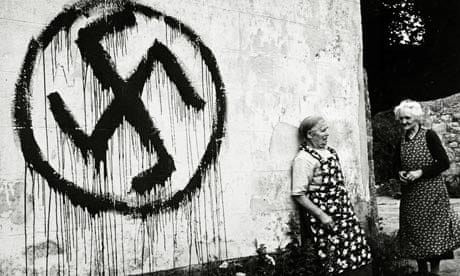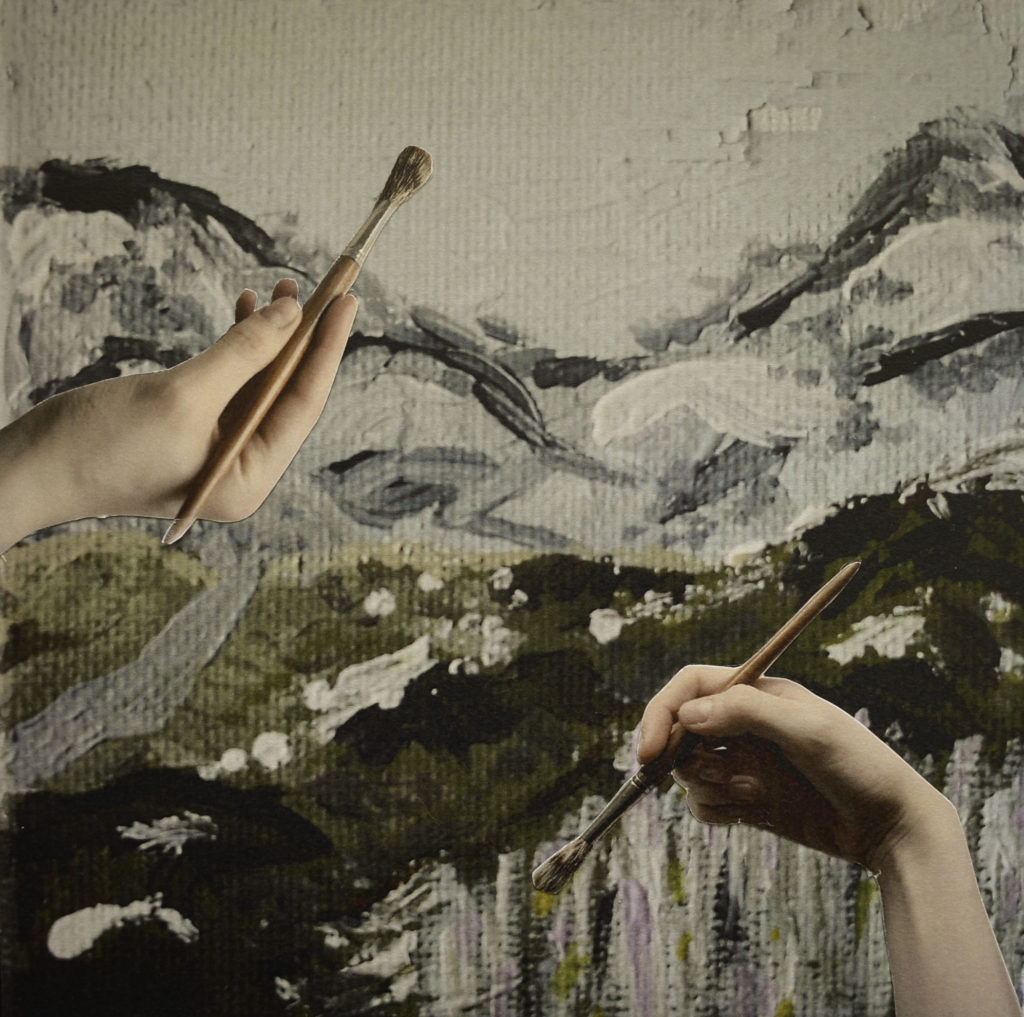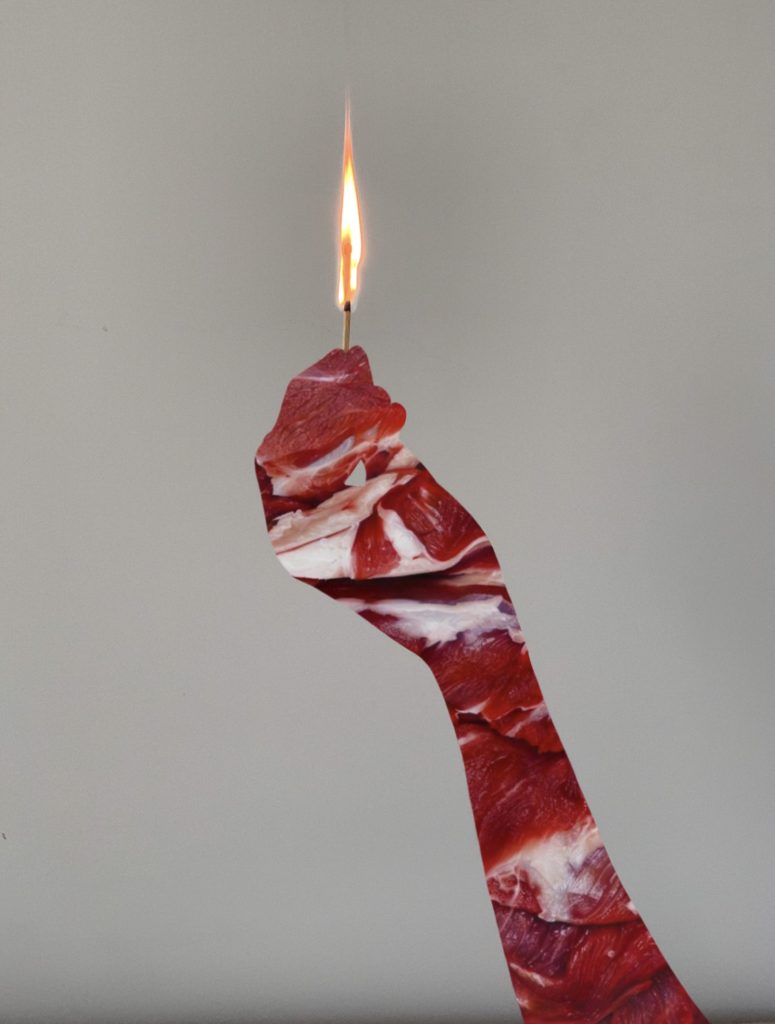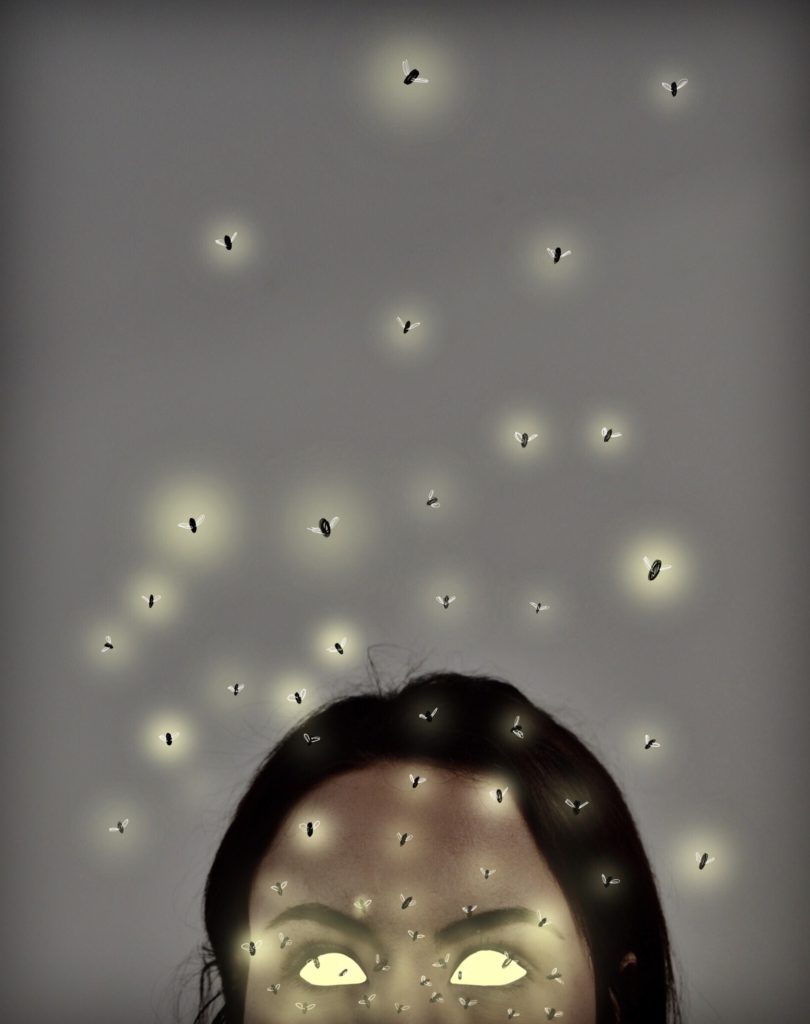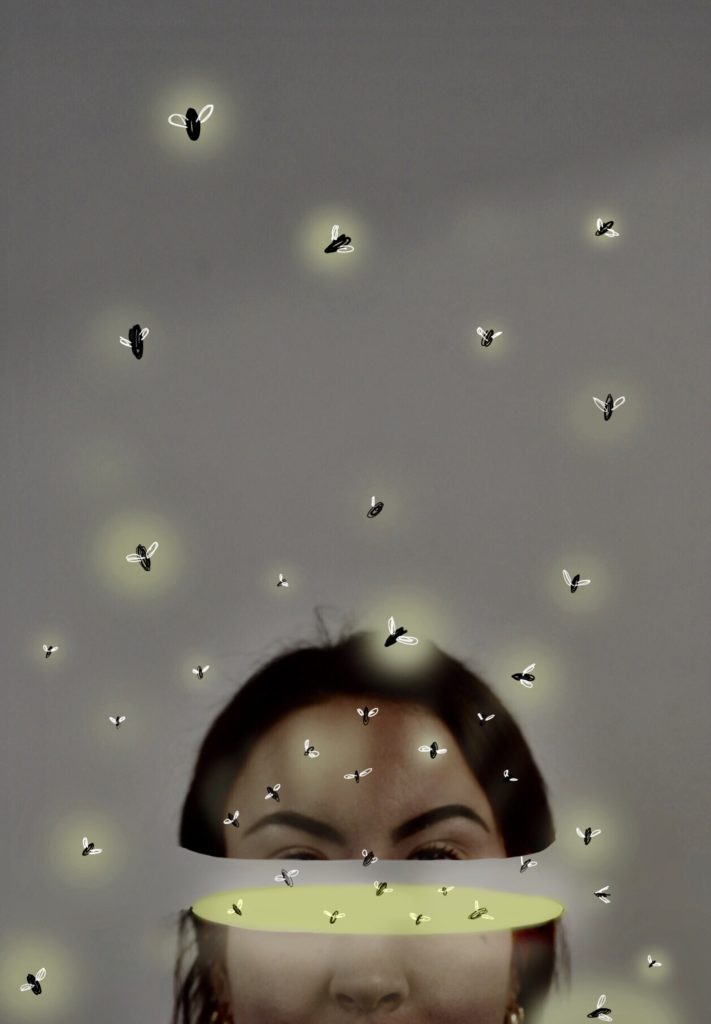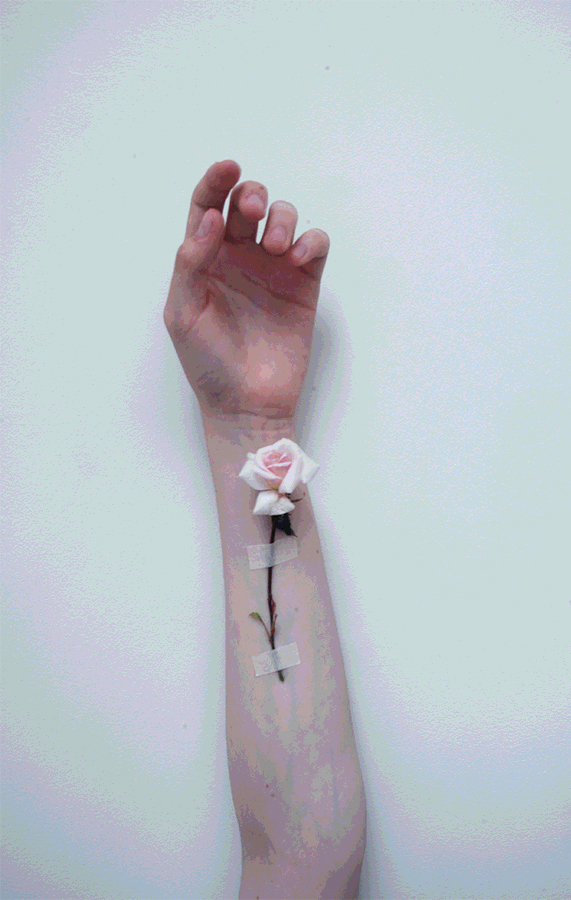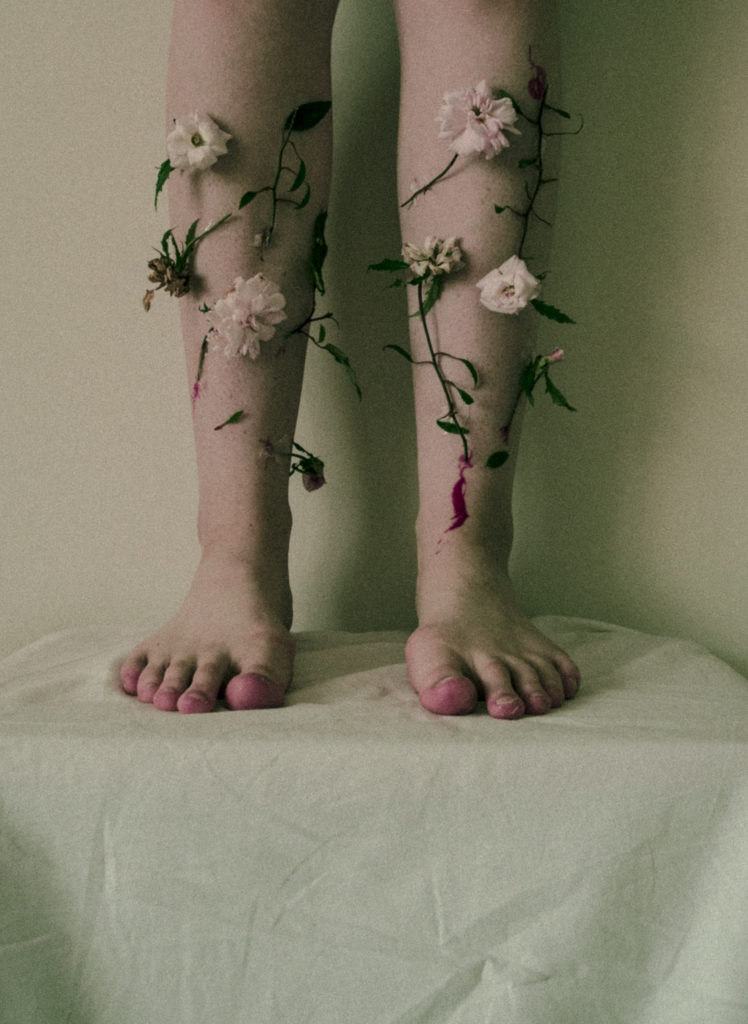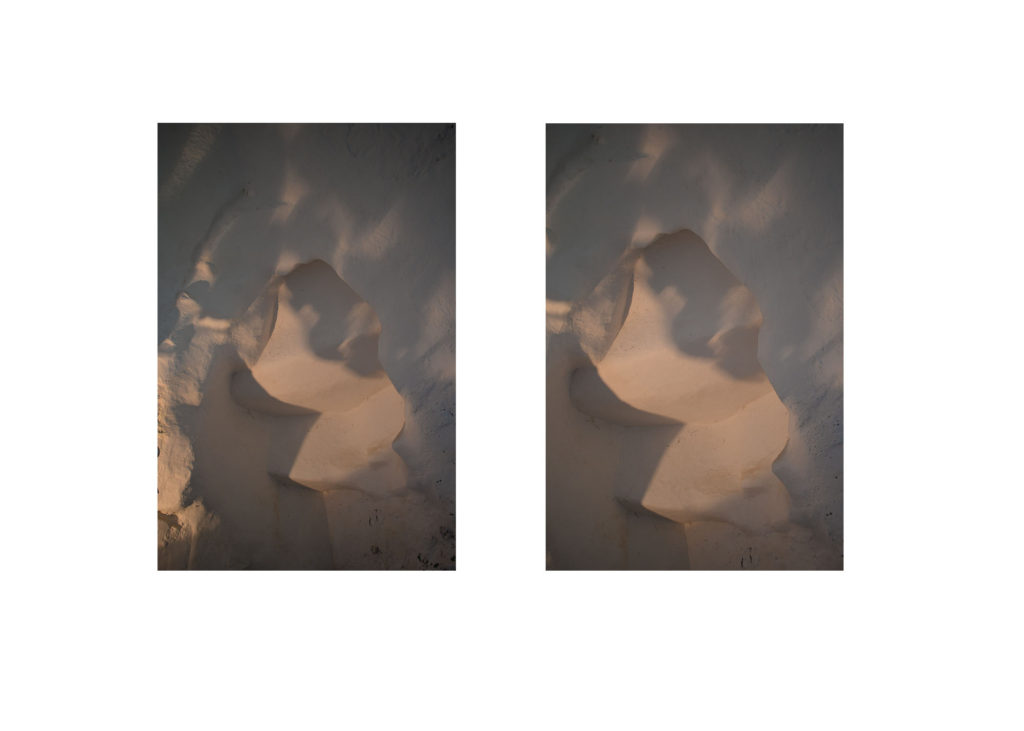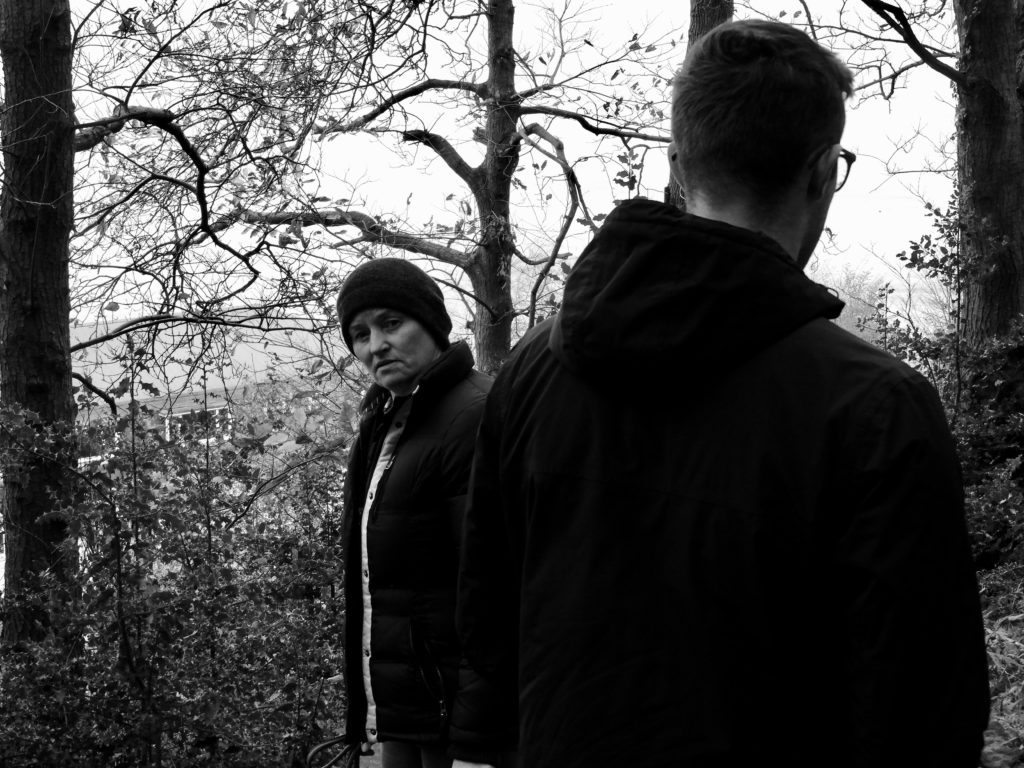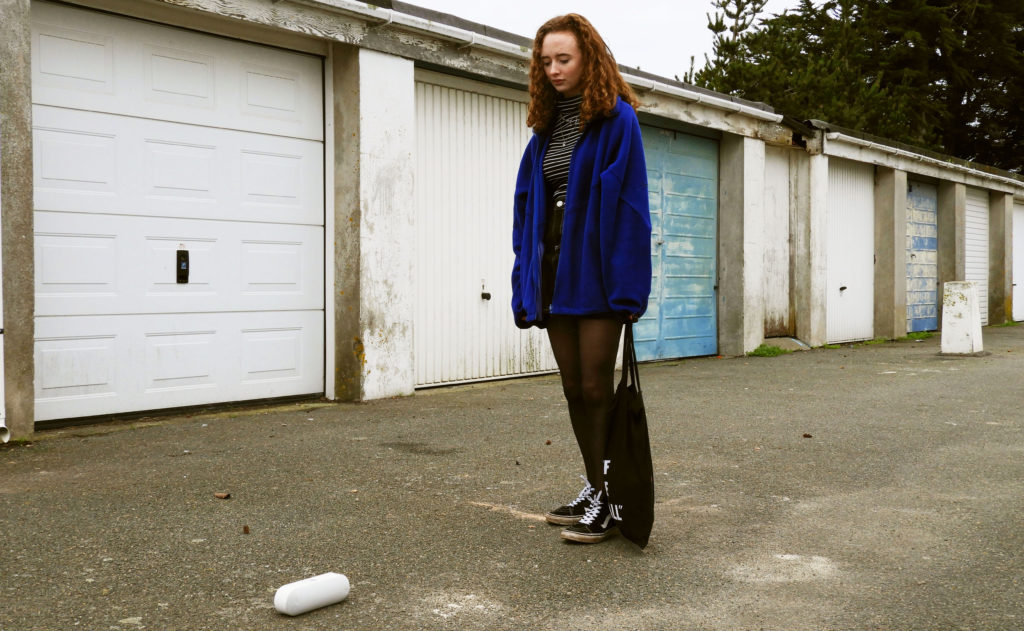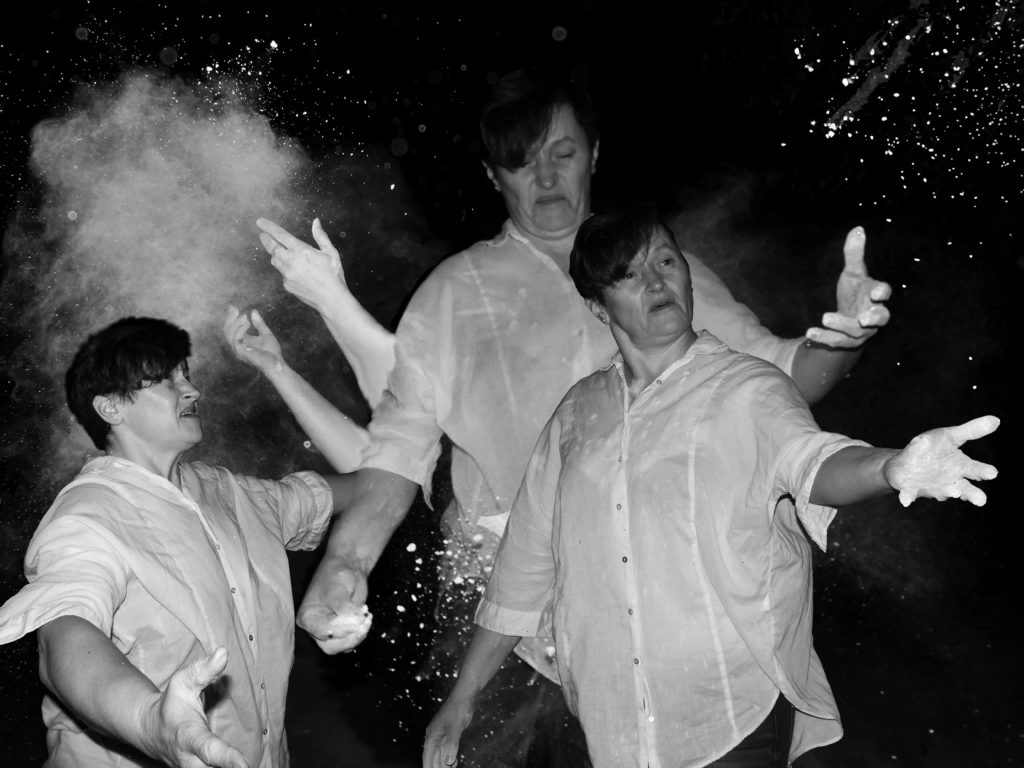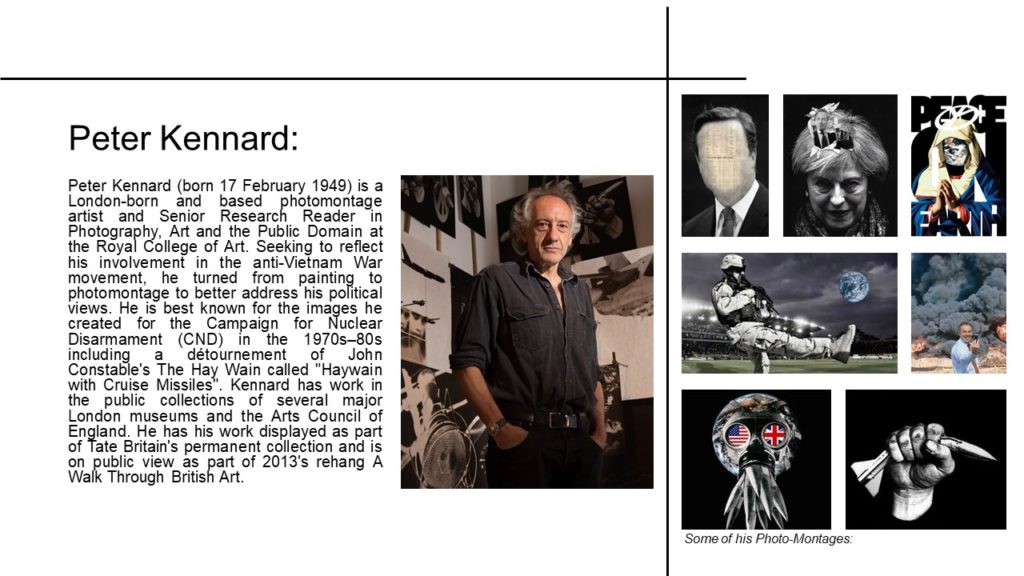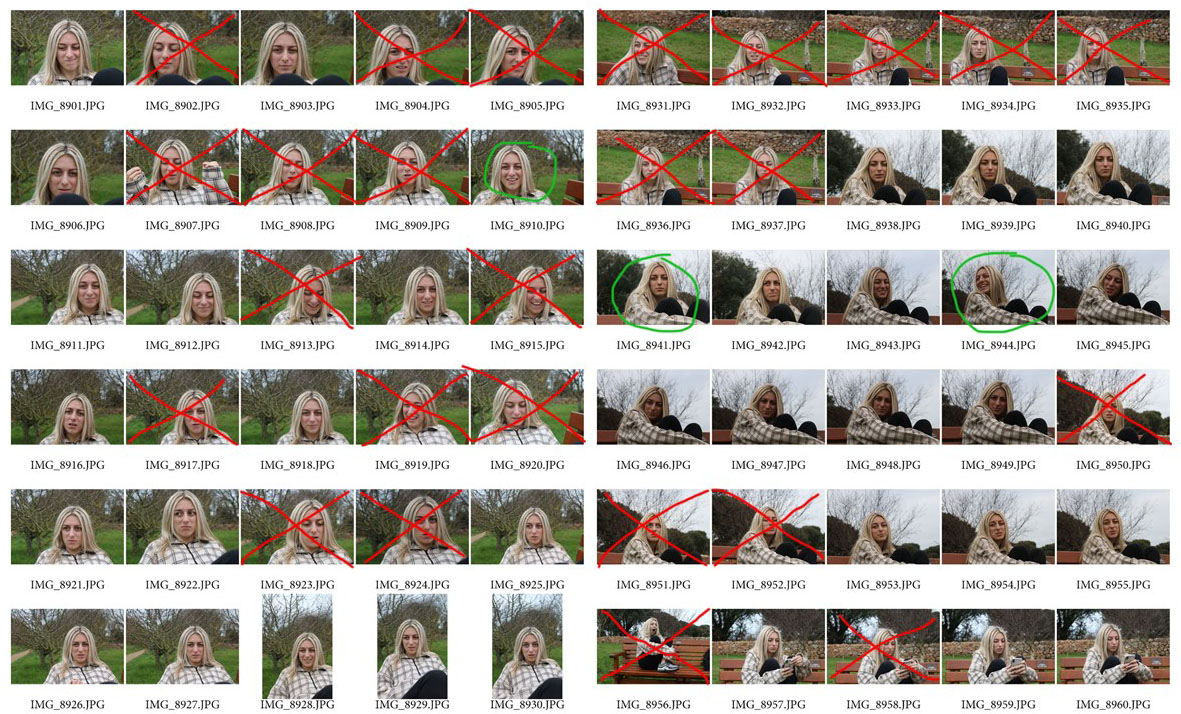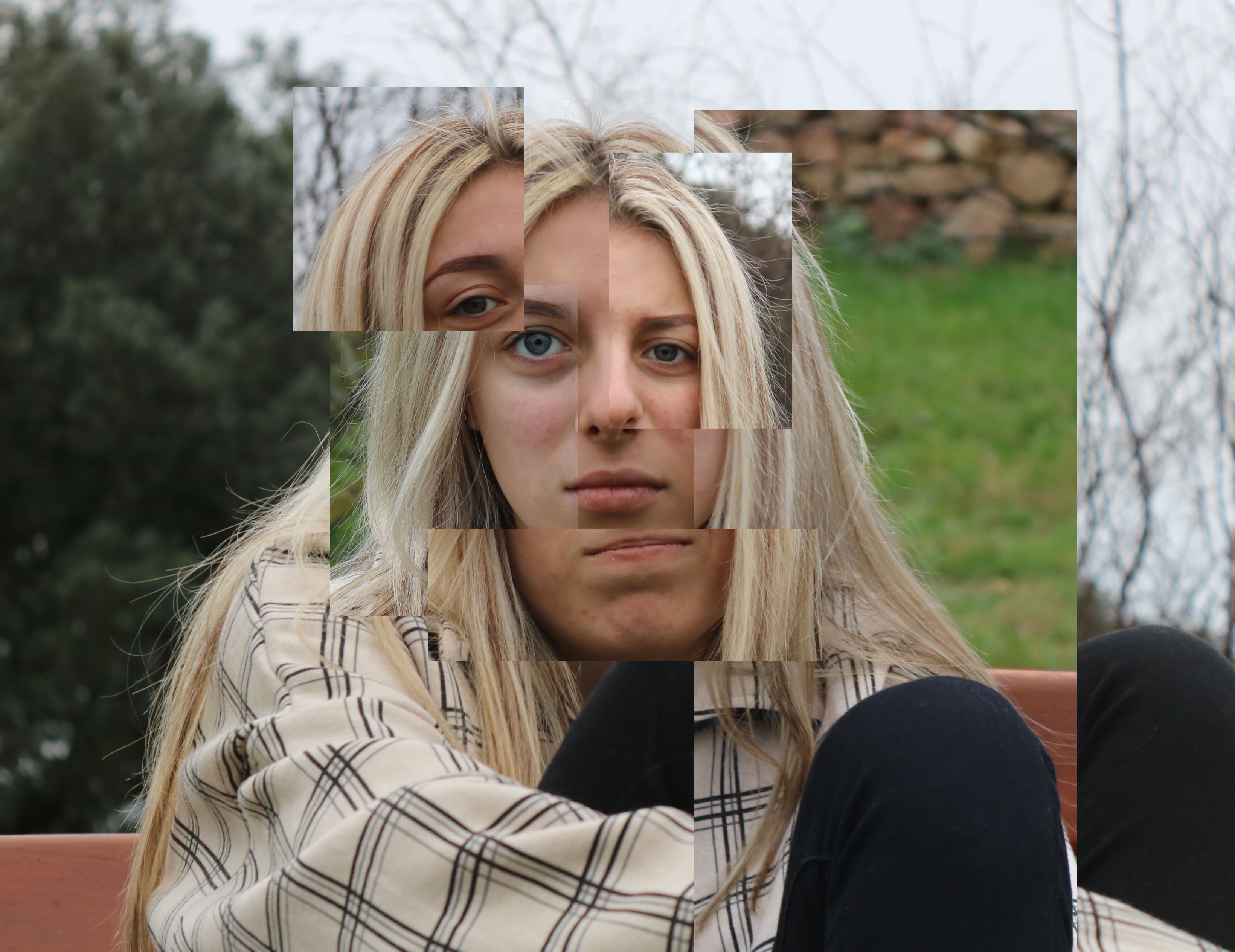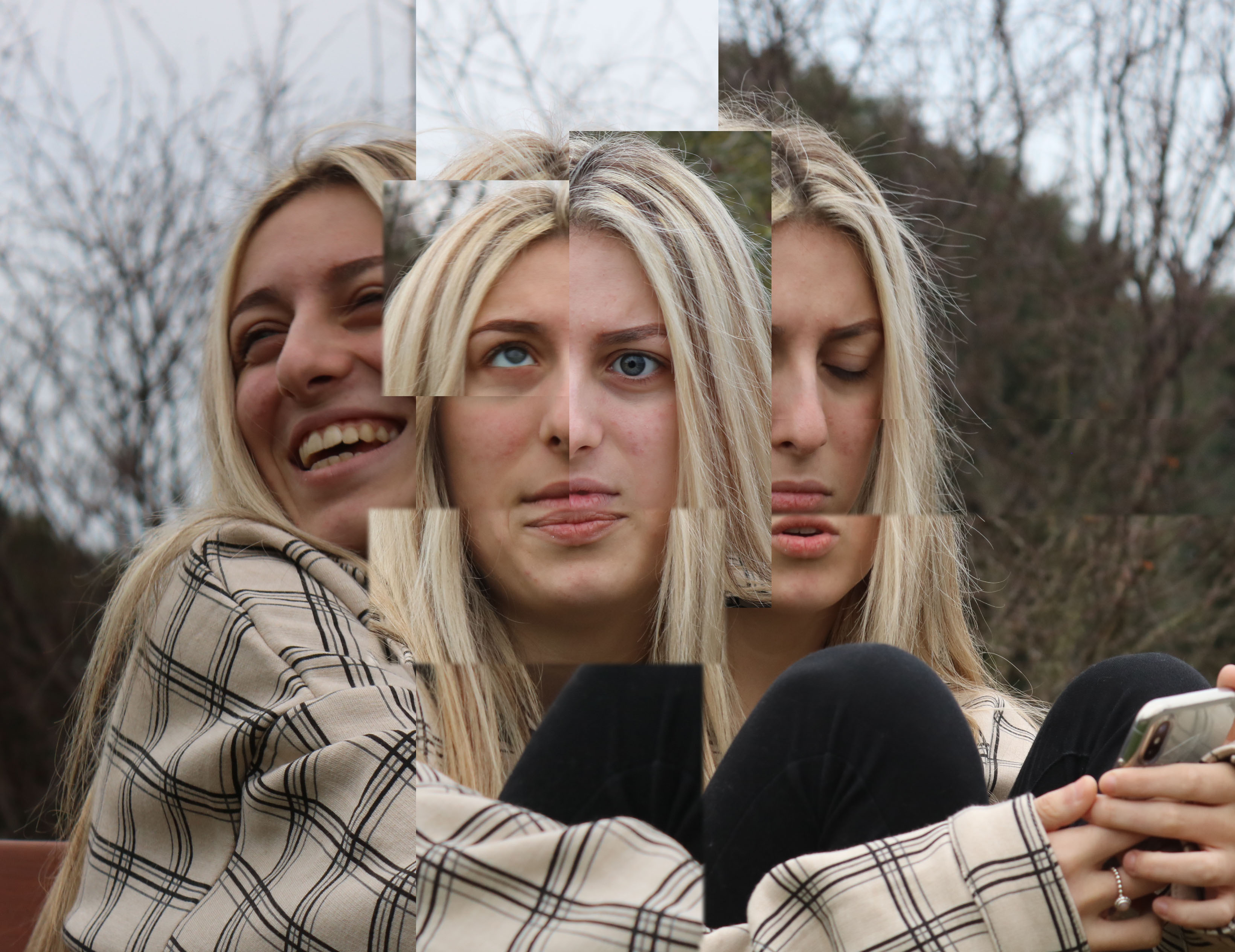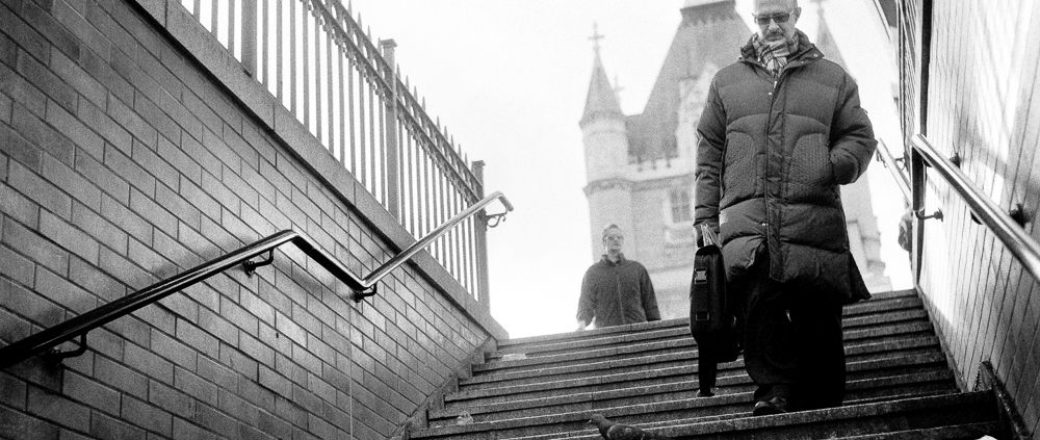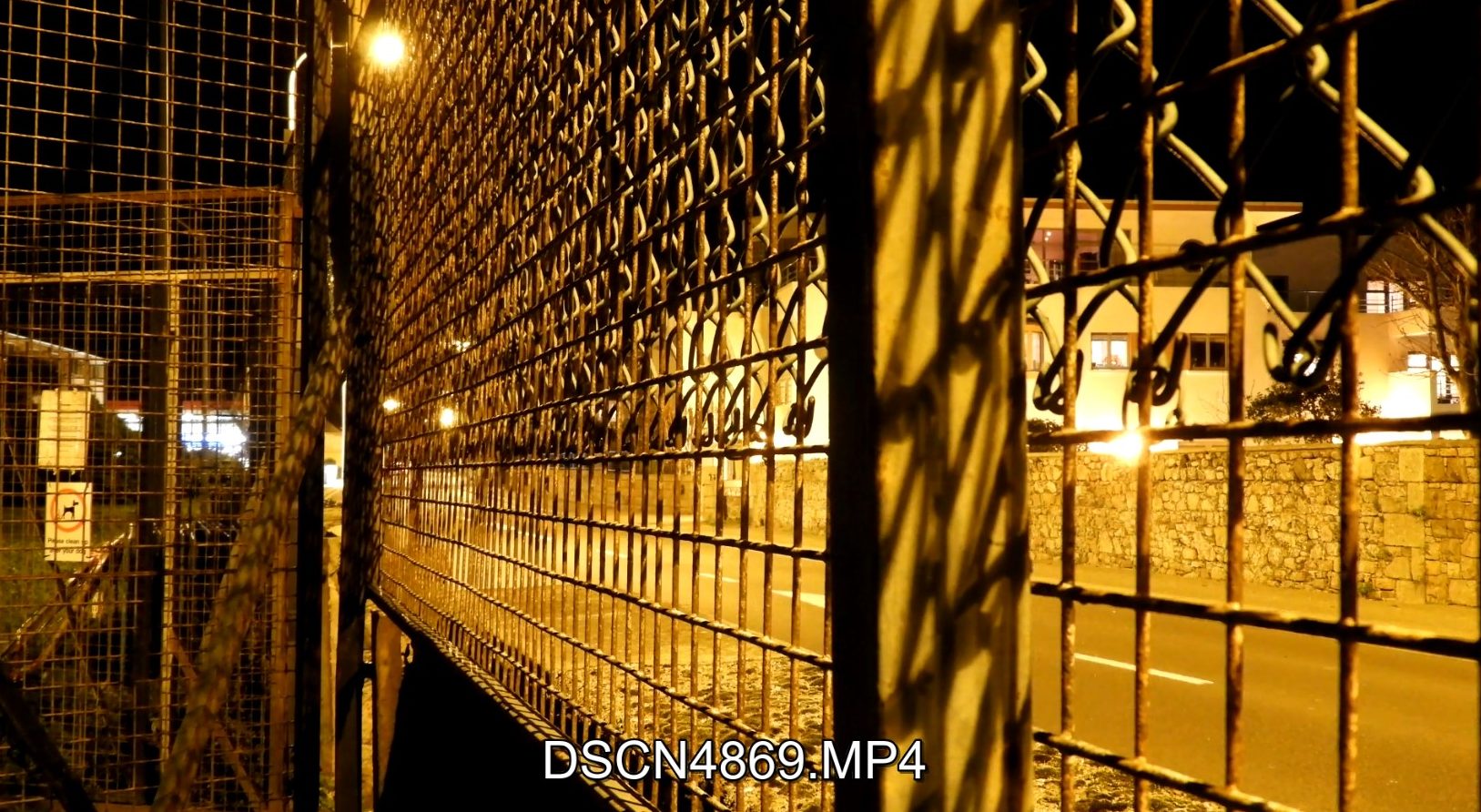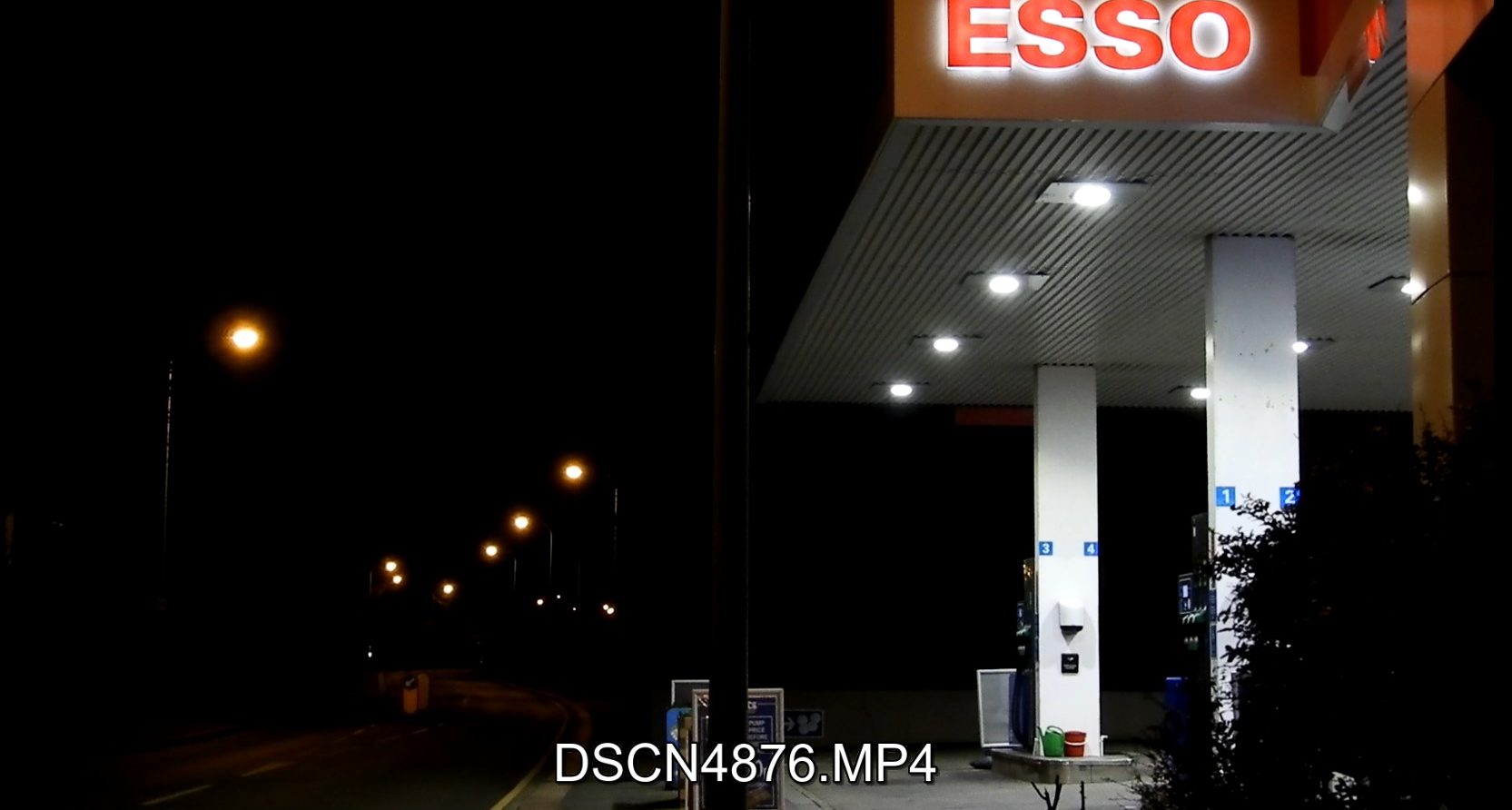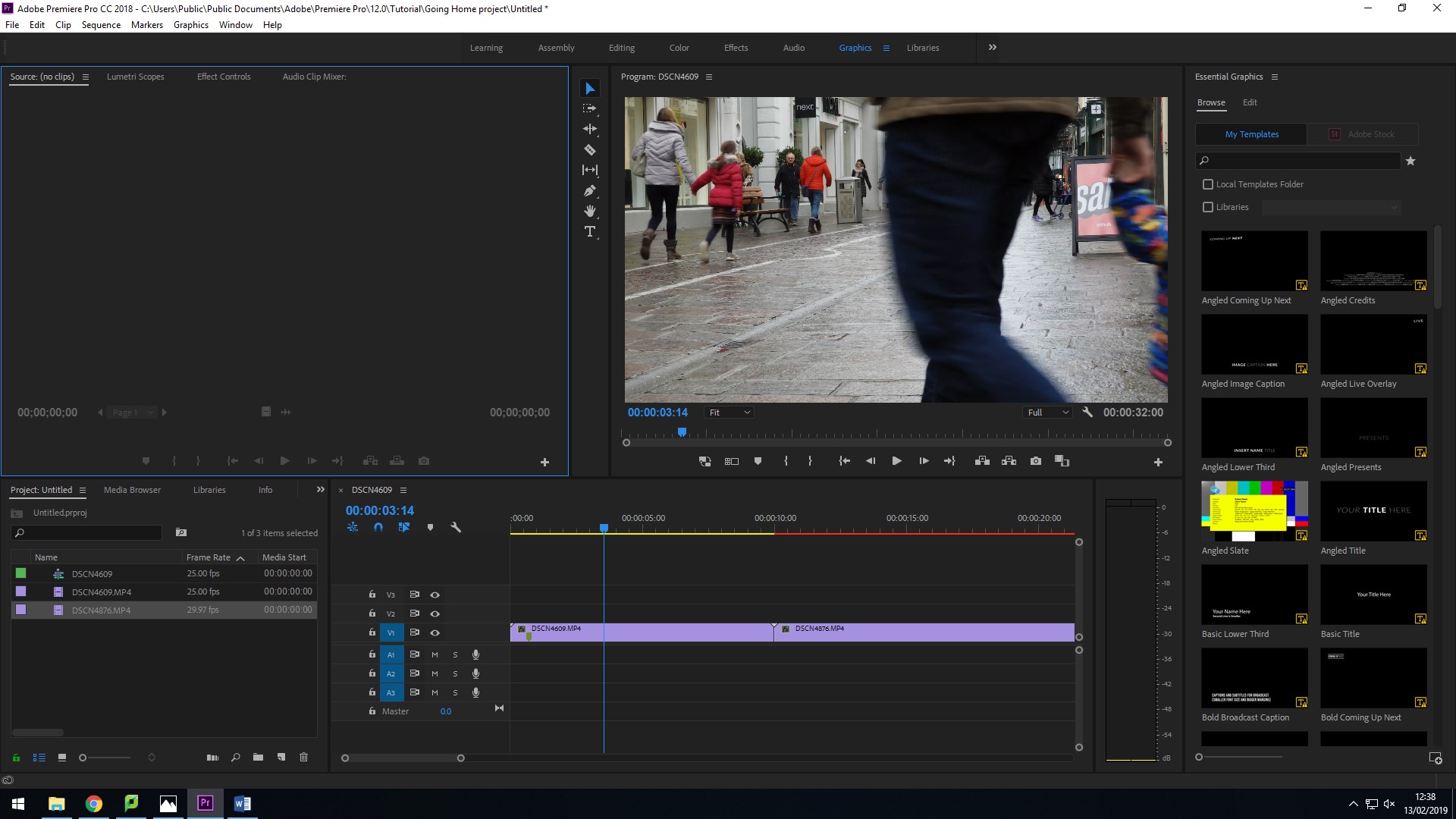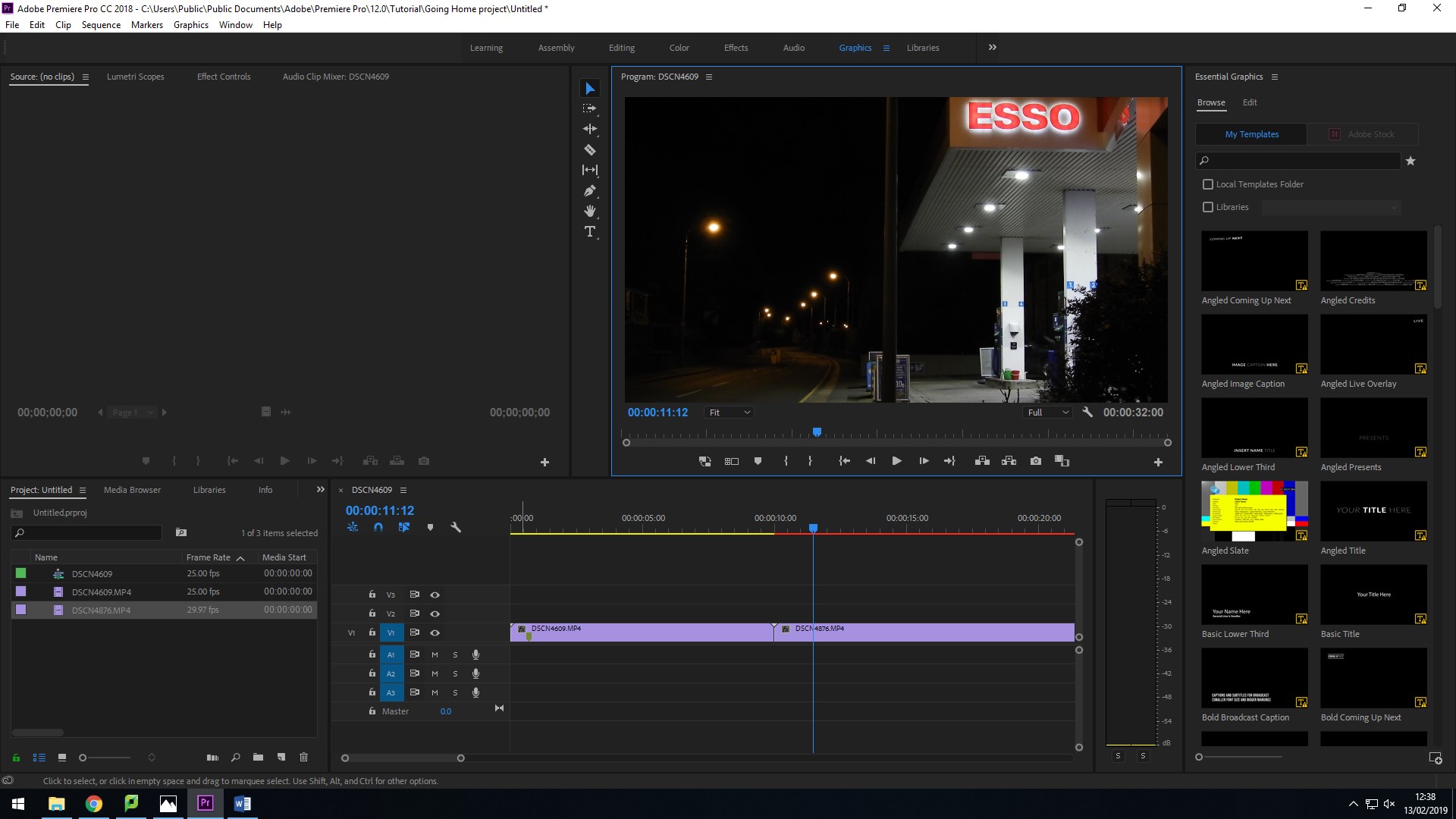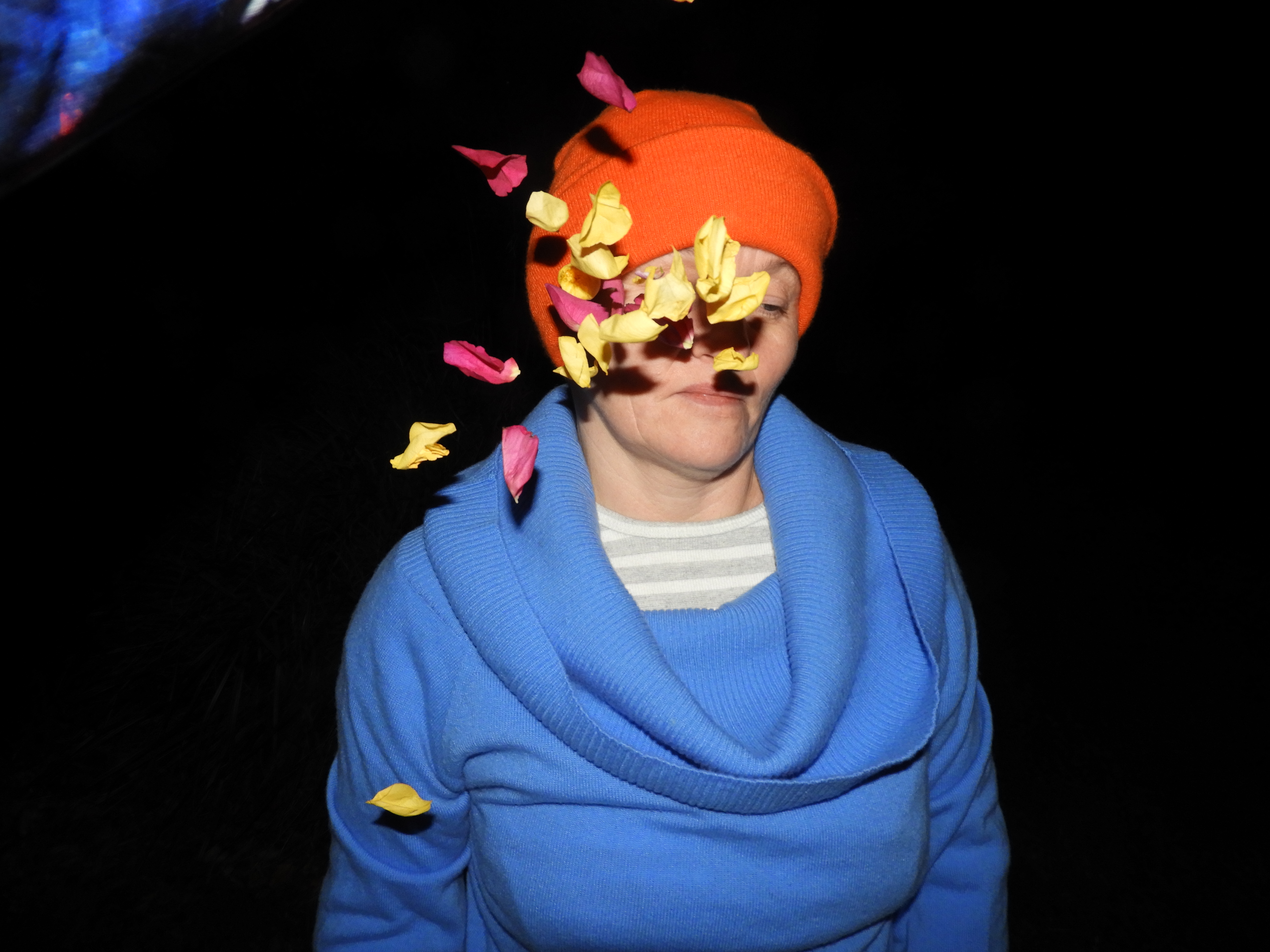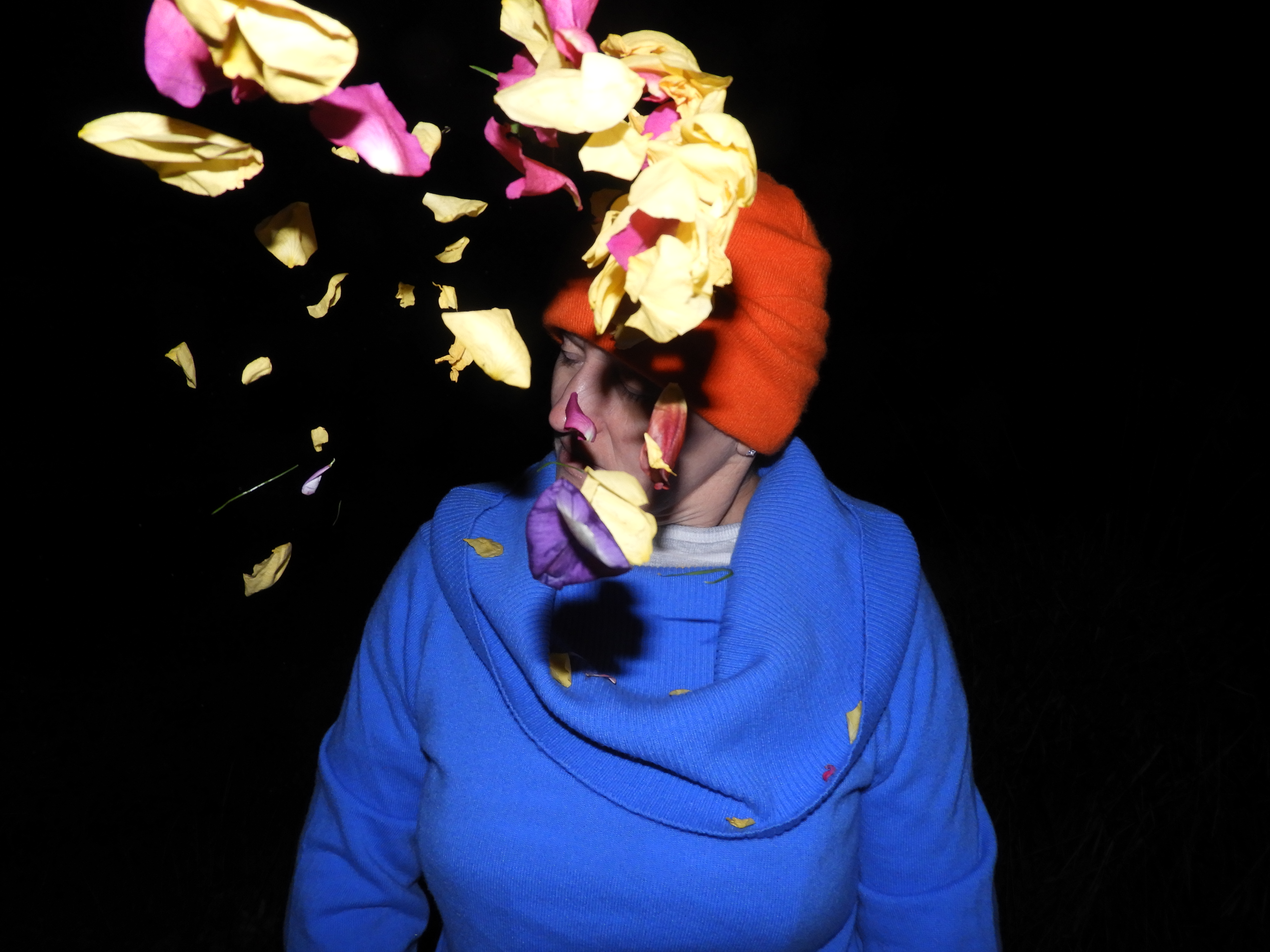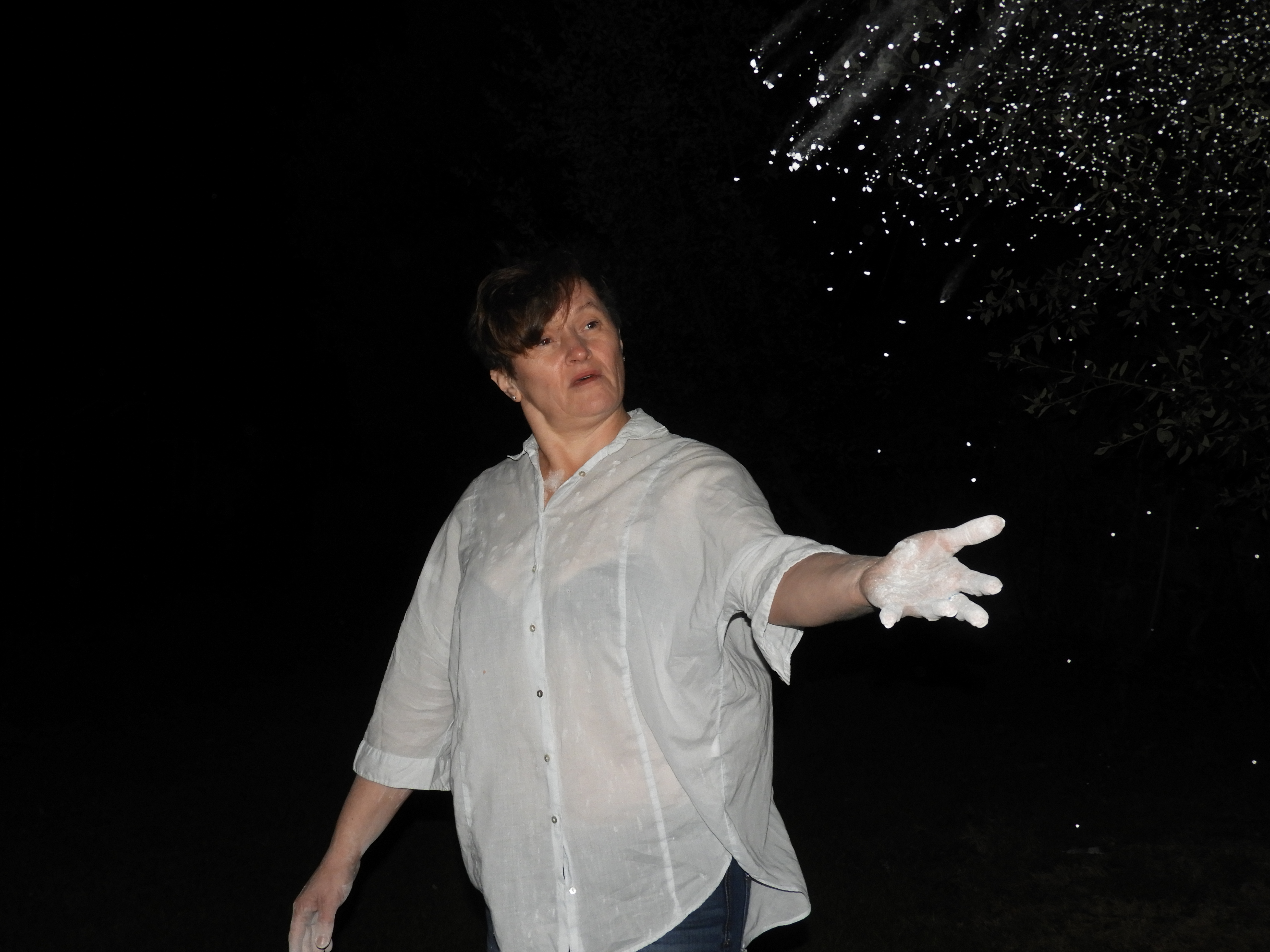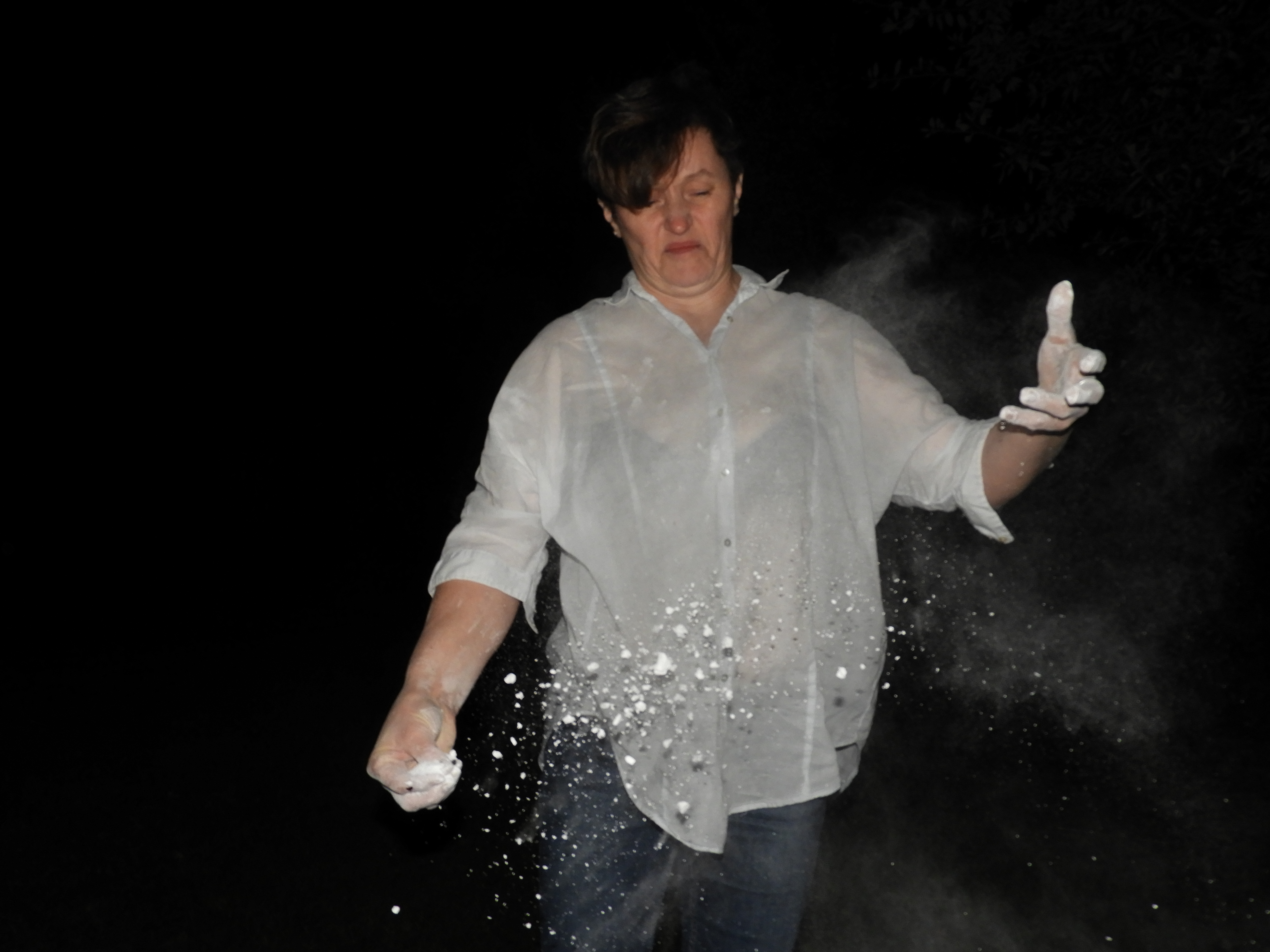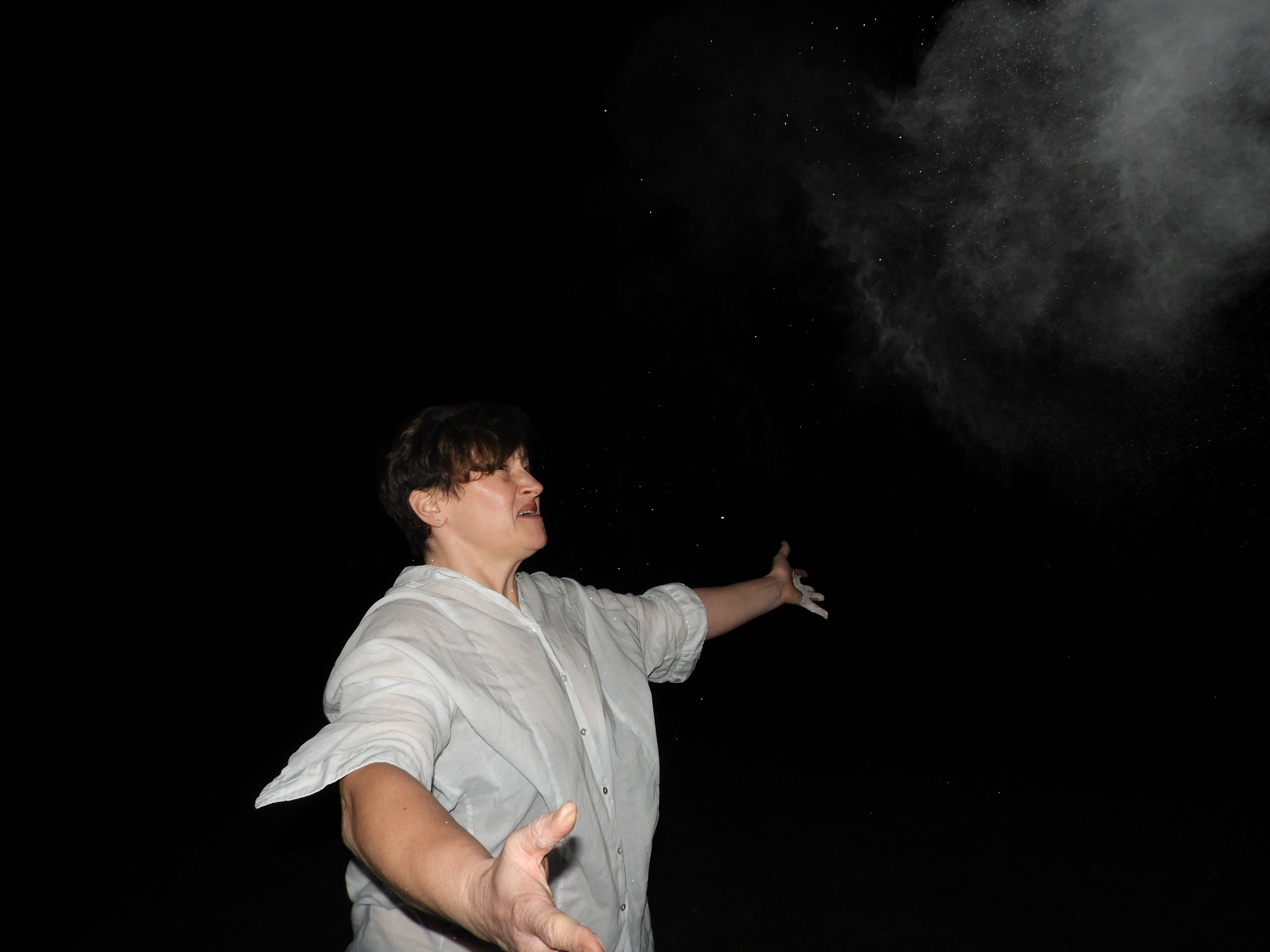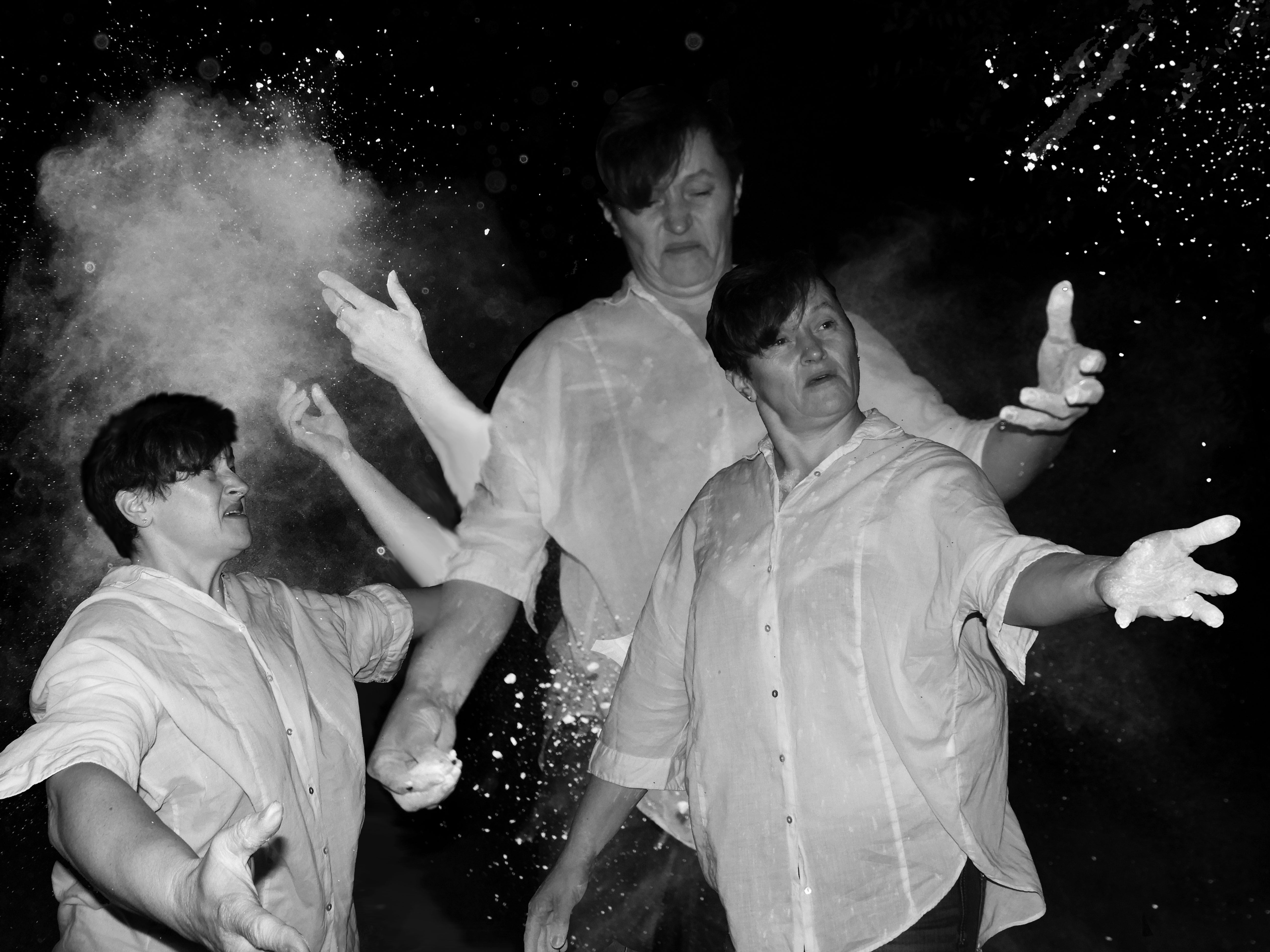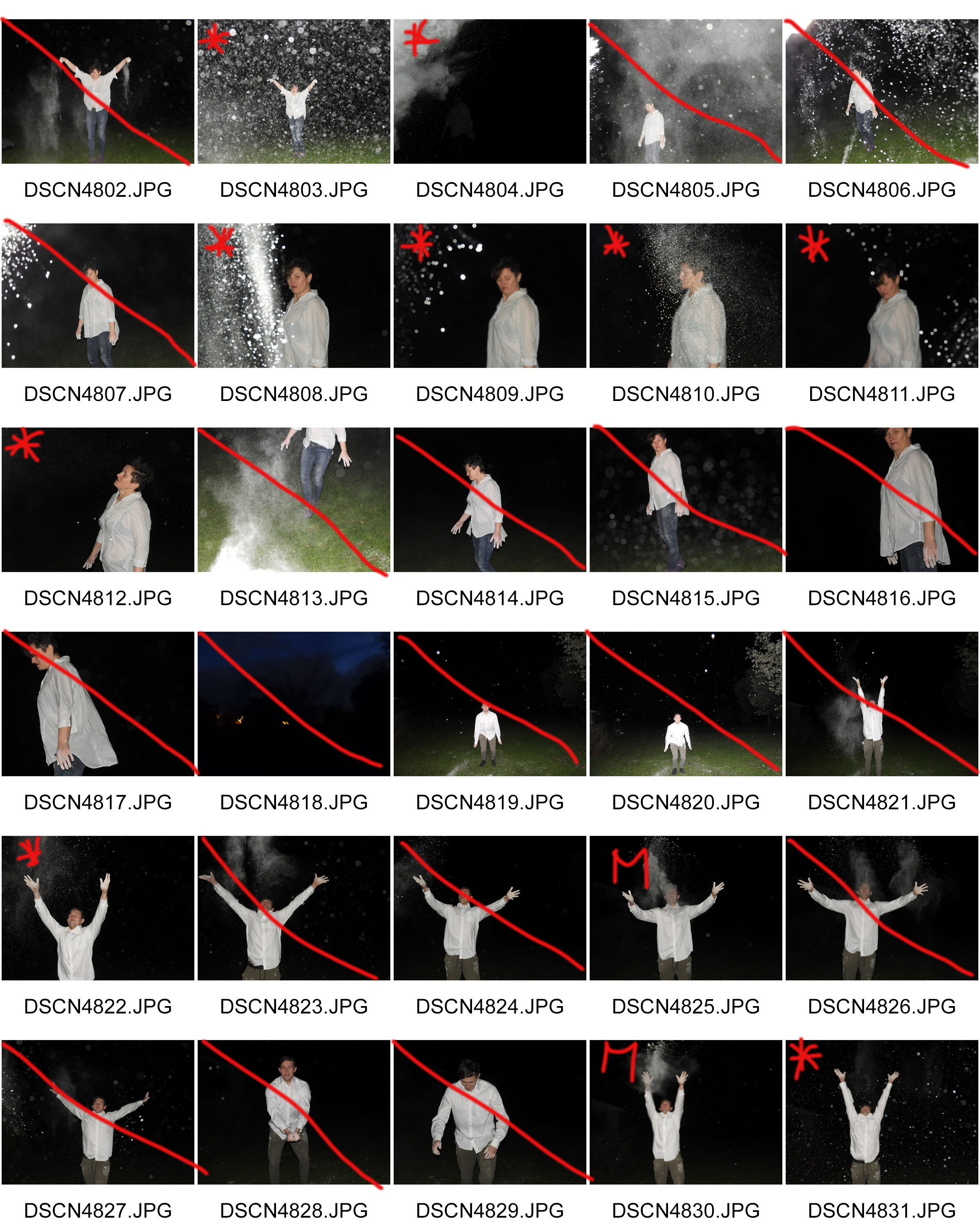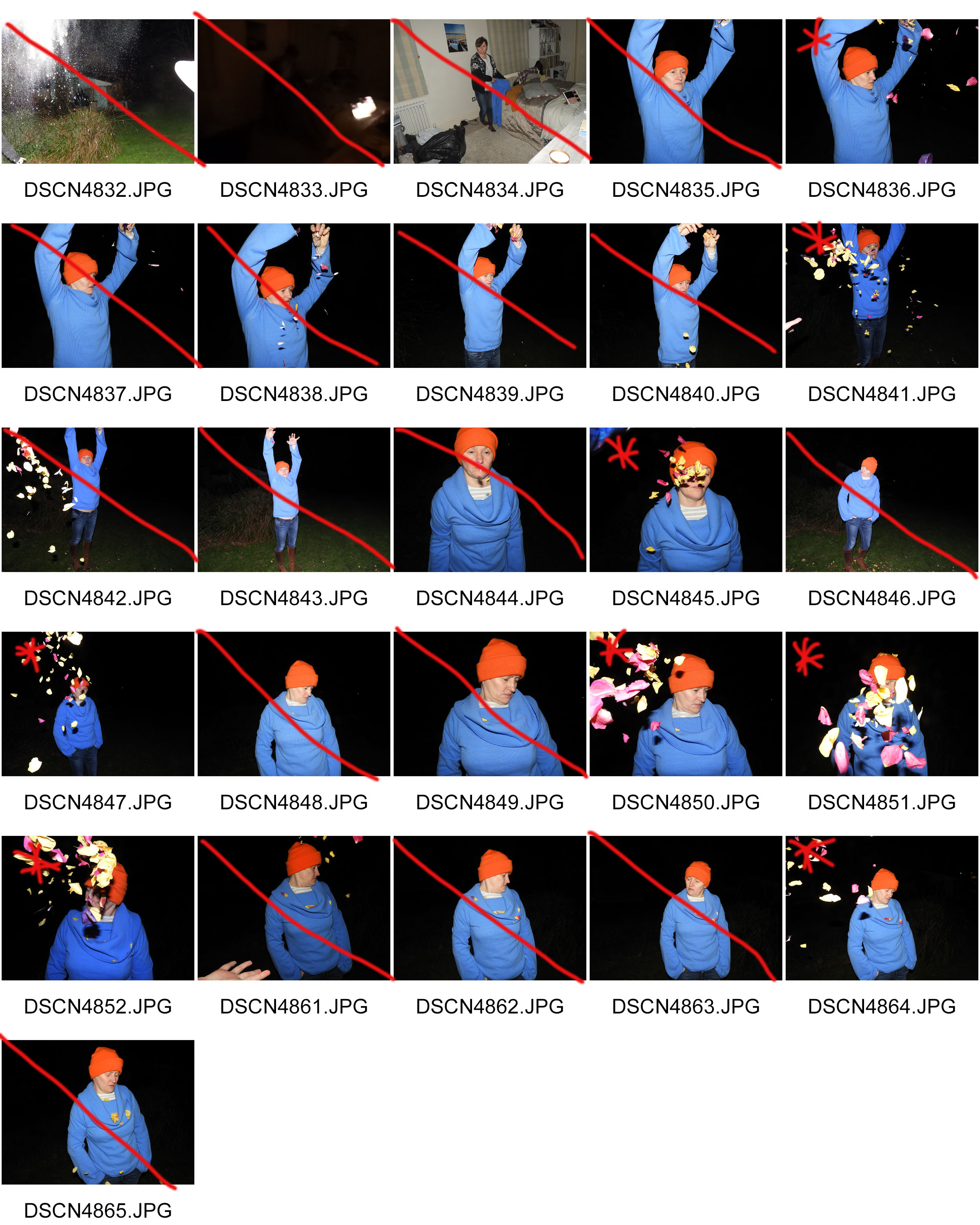Welcome back after Exams!
This summer term you will be working on an exciting new project BUNKER ARCHAEOLOGY based around the theme of the German Occupation of Jersey.
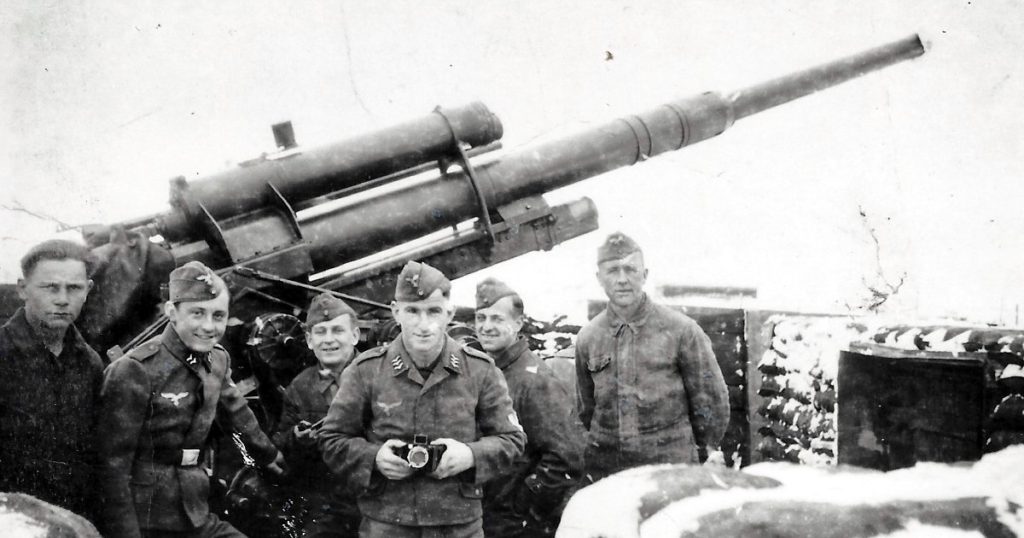
This project will give you an opportunity to explore an important period of the island’s recent history when Germany occupied Jersey during the second World War in 1940-45. Although these events took place long before you were born its historical legacy is embedded in the very fabric of the island’s landscape, identity and character. This project is about unlocking this legacy using photography as a tool to communicate:
- Reflecting on the past
- Responding to the present
- Influencing the future
OVERVIEW
In order to explore such a complex historical period of time we have divided the project into 3 distinct areas of study:
LANDSCAPES > PEOPLE > OBJECTS.
In the next 7 weeks we will be exploring Jersey’s landscape of fortifications and bunkers in a series of workshops in order for you to develop a set of photographic skills, techniques, approaches and processes needed to begin to understand how narrative and storytelling are used in contemporary photography to tell very subjective or objective stories.
In the Autumn term we will continue to explore Occupation stories but basing it on personal stories and memories told by some of those islanders who experienced it. This study of people will include exploring your own family archives, histories and stories.
As your work evolve it is the expectation that you will be selecting your own area of study based on one, or a combination of these three starting points and develop a coherent body of work that is driven by a sense of narrative in your development as visual storytellers.
The project will form part of the A-Level coursework module, Personal Investigation as you now become Yr 13 students. The work that you produce in the summer term will lay the foundation when you return in September for the new academic year. PLEASE make sure you complete all tasks, including both theoretical and practical work and post in on the blog for assessment before Summer break.
Your final outcomes will include:
- Zine making – three individual 16-page zines (A5) with a layout of images, text and graphics forming a final set
- Essay – write a 2000 word illustrated essay based around your area of study
- Photobook – 40-60 page book with a sequence of images to form a narrative
- Final prints – a selection of your best image presented as prints or visual storyboards
Extension: Film – 3 minute moving-image piece using still-images, audio and text.
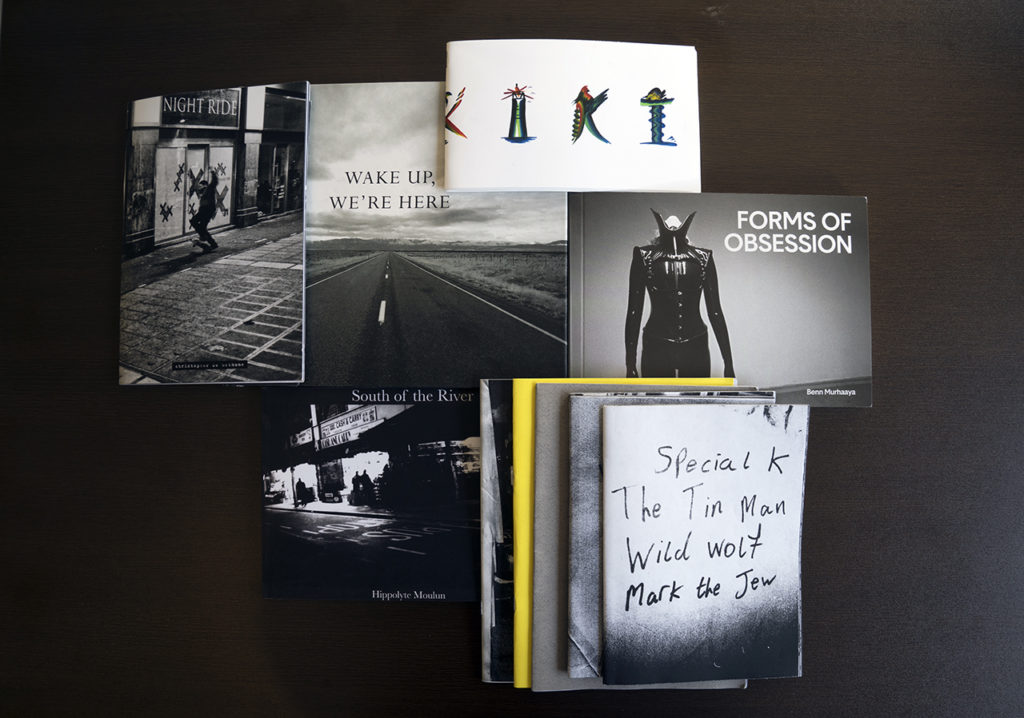
Timeline
Week 1: Tue 4 June
Societe Jersiaise Photographic Archive – all day
Presentations, inspirations and workshop on using Photo-Archive as a creative resource, exploring history of German Occupation and looking at narrative using images in the collections.
Outcome: Research archives and select images for further study
Week 2: Mon 10, Tue 11 June
On Location photo-shoots – all day
Each class will explore bunker sites on the West Coast of Jersey.
Outcome: A set of 200-300 images from photo-shoots
Week 3: Mon 17 – 23 June
Hautlieu School – in lessons
Workshop on how to use Lightroom for processing and editing
Outcome: A set of 20-30 edited images
Week 4: 24 – 30 June
Hautlieu School – in lessons
Workshop on combining archival material with your images
Outcome: Produce 3 different responses to photo-montage
Week 5: 1 – 7 July
Hautlieu School – in lessons
Workshop on narrative and sequencing in photography
Outcome: Knowledge and understanding of storytelling
Week 6: 8 – 14 July
Hautlieu School – in lessons
Workshop on design and layout including introduction to Indesign.
Outcome: Knowledge and understanding of working with images and text
Week 7: 15 – 19 July
Hautlieu School – in lessons
Completing design and printing and binding zine
Outcome: Present final zine and hand in for assessment
Tasks:
Here is a PLANNER for a full overview of what you are required to do in the next 7 weeks. You are required to self-monitor your progress and will be asked to upload Tracking-Sheet with an update on a weekly basis to your blog.
This unit requires you to produce an appropriate number of blog posts which charts you project from start to finish including research, planning, analysis, recording, experimentation, evaluation, and presentation of creative outcomes.
Read here for full details of the workshop at Societe Jersiaise Photographic Archive Tue 4 June:
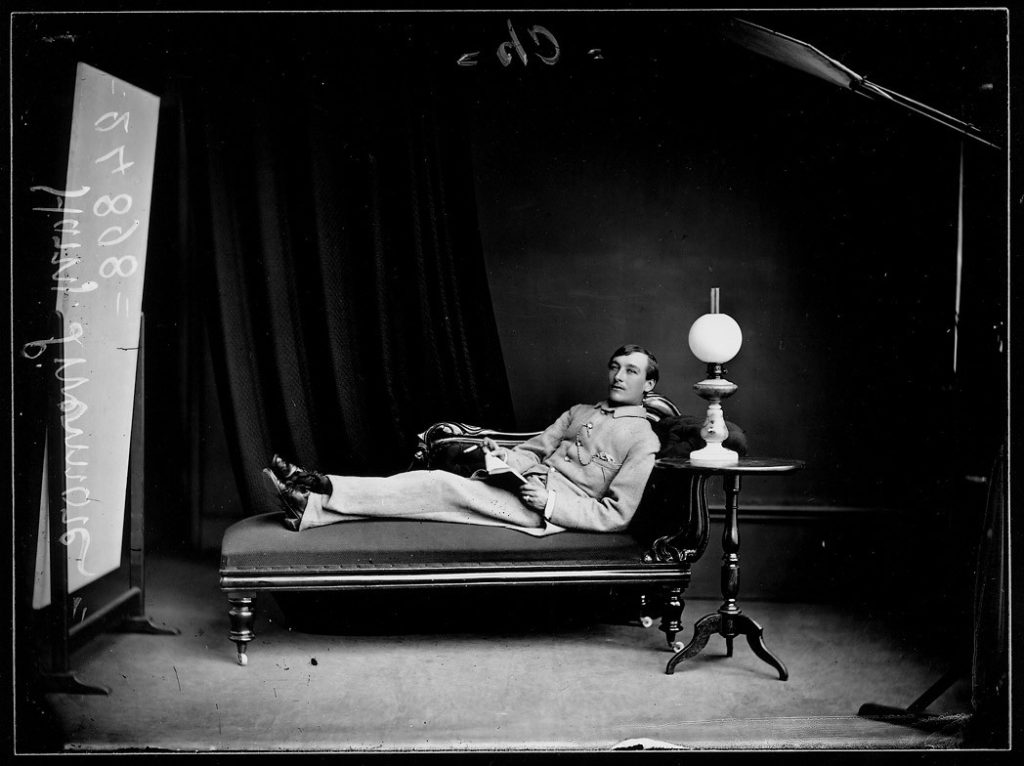
Week 1: 4 -9 June
Research Photo-Archives
Complete the following blog posts
RESEARCH > ANALYSIS
• Research archives at Societe Jersiaise
• Use mobile phone to record images from collections
• Write 500 words about your knowledge and
understanding of German Occupation of Jersey
ARTISTS REFERENCES > VISUAL INSPIRATIONS
• Select 10 images from your research in photo archives and note SJPA reference numbers and photographer (if known)
• High-res files will be provided for further study in the classroom
• If photographer is known research online. Otherwise research and consider the image in the historical, political and social context of when it was made ie. WWII, Nazi oppression, political unrest, human sufferings etc.
• Select at least one contemporary photographer
that provides visual inspiration for your own shoots
(next week)
Follow these steps:
1. Produce a mood board with a selection of images and write an overview of photographer’s work, why you have chosen them and how it may help develop your own ideas and shoots for your project.
2. Select at least one image from each photographer and
analyse in depth using methodology of
TECHNICAL>VISUAL>CONTEXTUAL>CONCEPTUAL
3. Make a detailed shooting plan on how you intend to respond to your research and chosen photographers.
Extension task:
Select a second photographer from the
Photo-Archive and /or second contemporary photographer and follow the above instructions.


